Wood stoves are the best option to keep your home warm during the winter and save on heating costs. However, it’s important to have the right pipe to ensure that the stove works properly and stays safe. Two common options are stainless steel chimney pipes and vitrified pipes. In this article, we will discuss the differences between these two types of pipes and which one may be best for your appliance.
What is a stainless steel flue pipe?
Stainless steel flues are flues designed to connect to an outdoor flue outlet. These pipes are made of stainless steel, a corrosion-resistant material that has a long service life and requires little maintenance.
Stainless steel is a type of steel alloy containing chromium and other metals. This material is resistant to corrosion and rust. Stainless steel chimney pipes are available in different thicknesses and grades, making them suitable for a wide variety of applications and environments. These pipes are manufactured in straight sections that are joined by couplings, clamps or welds. Some models also include a thermal insulation layer that helps prevent water vapor condensation and improves the energy efficiency of the wood stove.
In general, these tubes are a very popular choice for wood stoves. This is due to their durability, corrosion resistance and ease of cleaning. However, they tend to be more expensive than other types of chimney pipes, such as vitrified, which we will see below.

Advantages and disadvantages of stainless steel pipes
The advantages of stainless steel chimney pipes are as follows:
- Corrosion resistance. Stainless steel is a corrosion and rust resistant material. It guarantees a long service life for the chimney pipe.
- Durability. Stainless steel chimney pipes are durable and resistant to high temperatures.
- Low maintenance. They require little maintenance and cleaning, which facilitates their use and prolongs their useful life.
- Good value for money. Although they can be more expensive than other types of chimney pipes, stainless steel pipes offer good value for money due to their durability and low maintenance.
The disadvantages of stainless steel chimney pipes are as follows:
- Lower heat retention. They do not retain as much heat as vitrified pipes, which can result in lower energy efficiency of the wood stove.
- Lower thermal insulation. They have less thermal insulation than vitrified tubes, which can increase the amount of energy needed to heat the home.
What is a vitrified flue pipe?
These pipes are also designed to connect the appliance to an outside flue. Unlike steel pipes, these pipes are coated with molten glass, which gives them a smooth, shiny appearance, similar to a ceramic glaze.
The vitrified coating is a layer of molten glass that is applied to the outside of a steel tube by a high-temperature firing process. The molten glass adheres to the steel evenly. It also provides a smooth surface that is resistant to soot adhesion.
Vitrified flue pipes offer a number of benefits: better heat retention and greater thermal insulation than conventional stainless steel pipes. This translates into greater energy efficiency and reduced heat loss. However, vitrified tubes also have some disadvantages: they are more susceptible to corrosion and may require regular maintenance to keep the glass intact. They are lower priced than stainless steel tubes, but may be less durable and require more thorough cleaning.
These tubes may be a good choice for those looking for better heat retention and greater thermal insulation. It is also important to consider durability and required maintenance when making a decision on which type of chimney pipe to use.
Advantages and disadvantages of vitrified flue pipes
The advantages of vitrified flue pipes are as follows:
- Heat retention. These pipes retain more heat than stainless steel pipes, which can increase the energy efficiency of the wood stove and reduce wood consumption.
- Greater thermal insulation. They offer greater thermal insulation than stainless steel tubes, which helps reduce heat loss and keep the home warmer longer.
- Aesthetics. The glazed finish of vitrified chimney pipes provides a sleek, aesthetic look that can complement the home’s décor.a.
The disadvantages of vitrified chimney pipes are as follows:
- Cost. Vitrified flue pipes are generally more expensive than stainless steel pipes.
- Maintenance. Vitrified chimney pipes require regular maintenance to prevent the buildup of soot and other debris that can damage the glass liner.
- Fragility. Vitrified flue pipes are more fragile than stainless steel pipes and can break if handled with force.
Which is better for a wood stove?
The choice of flue pipe type will depend on individual needs and preferences. Both types of chimney pipe, stainless steel and vitrified, have their advantages and disadvantages.
If energy efficiency and thermal insulation are prioritized, then vitrified chimney pipes are the best choice. These pipes retain more heat than stainless steel pipes, which increases the energy efficiency of the wood stove and reduces wood consumption. They also offer greater thermal insulation, which helps reduce heat loss and keep the home warmer for longer.
However, if durability and low maintenance are a priority, then stainless steel chimney pipes are a good choice. Stainless steel is a corrosion and rust resistant material, which ensures a long service life for the chimney pipe. They also require little maintenance and cleaning.
If you have any questions, please feel free to ask us!
We hope this post has served as a guide. Take a look at our blog and find solutions and recommendations to help you with your fireplace or wood stove.
Visit our online store for Panadero wood stoves. If you have any questions or need help choosing the right stove, don’t hesitate to contact us. We will be happy to help you.
Articles of interest:
- The importance of proper ventilation of the house when you have a wood-burning stove
- 5 common mistakes when using a wood stove and how to avoid them
- What to do if my wood stove stops working?
- How to extend the life of your wood stove?
- Safety rules for the use of a wood stove in your home
- Is it mandatory to have a fire extinguisher at home if I have a fireplace?
- Keys to make your wood stove more efficient
Did you like this article? If so, help us spread it 😊 . Click on the buttons below here and feel free to share it on your social networks!
Thank you for reading!
↓ ↓ ↓ ↓
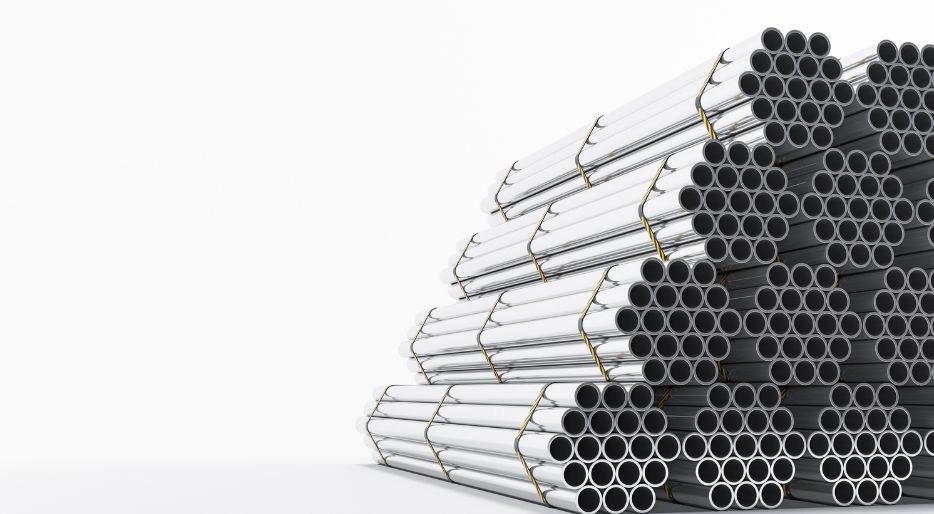
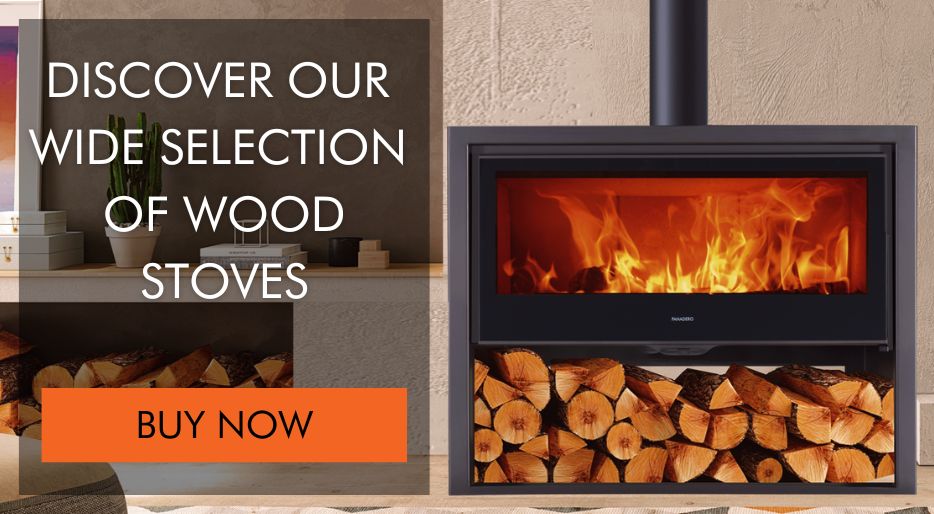
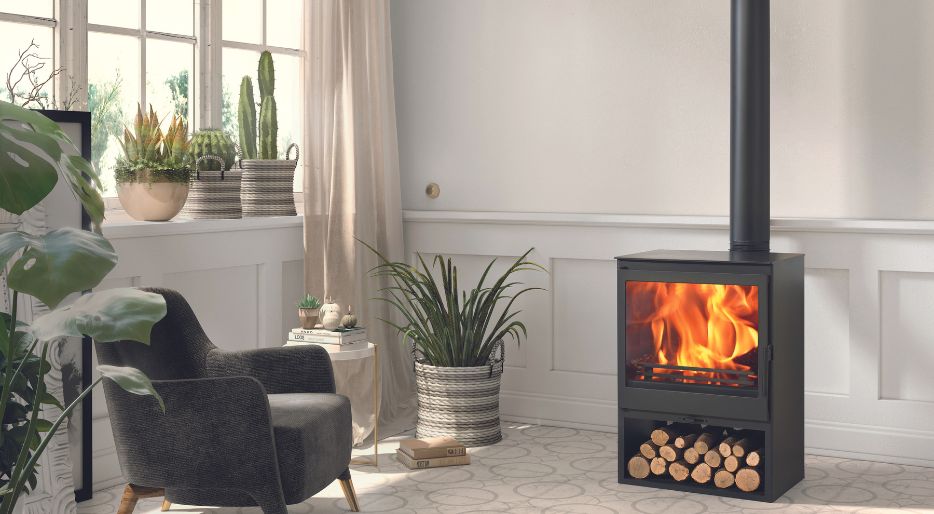

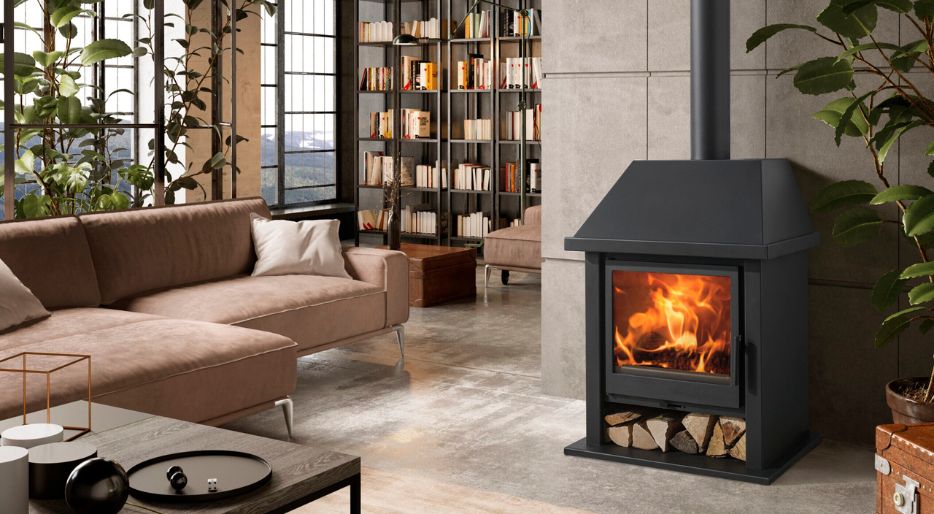
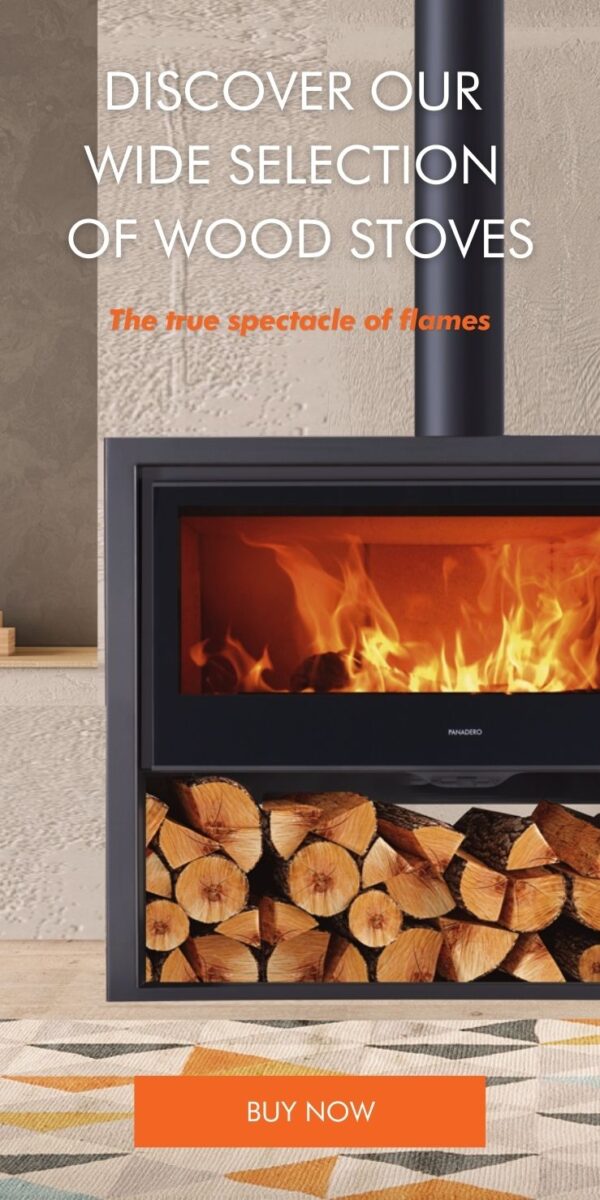
One response to “Stainless steel or vitrified flue pipe – which is better for a wood stove?”
This blog is really great! The content is very informative and helpful and the design is clean and easy to navigate. I especially like how the author has organized the posts into different categories so you can easily find what you’re looking for. The blog also has a great variety of topics, ranging from lifestyle and travel to business and finance. Overall, this blog is a great resource for anyone looking for helpful advice on a wide range of topics. Highly recommended! we are same product provider visit our website http://www.gosensi.com